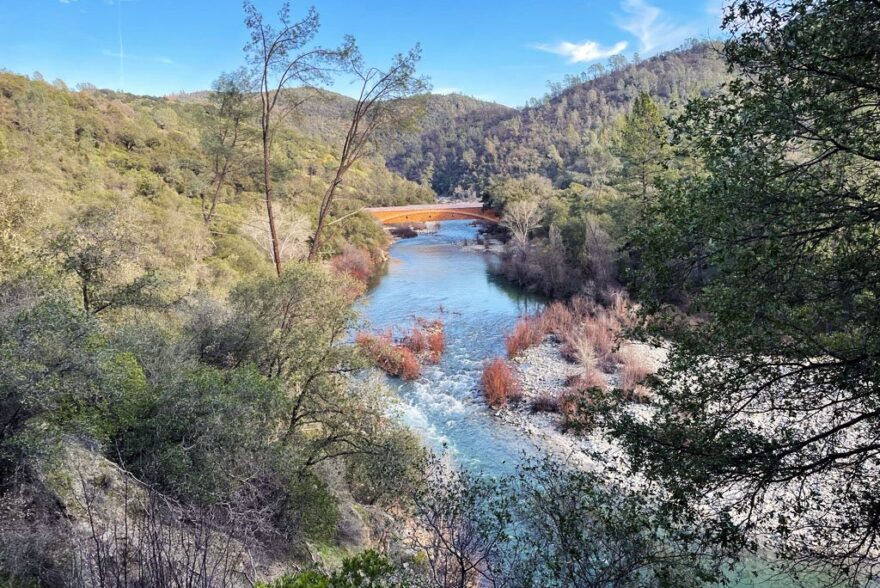Jan. 2022 Science Corner | “Spatial overlap of wildfire and biodiversity in California highlights gap in non-conifer fire research and management”


In a recent article entitled “Spatial overlap of wildfire and biodiversity in California highlights gap in non-conifer fire research and management,” UC Berkeley PhD candidate Kendall Calhoun and his co-authors aim to better understand the distinction between wildfire and forest fires with a focus on California.
Authors: Kendall L. Calhoun, Melissa Chapman, Carmen Tubbesing, Alex McInturff, Kaitlyn M. Gaynor, Amy Van Scoyoc, Christine E. Wilkinson, Phoebe Parker-Shames, David Kurz, Justin Brashares
Interview and story by: Peter Wyrsch
Early in 2022, the Marshall Fire on Colorado’s Front Range outside Boulder captured the news cycle for several days. The pattern, by now familiar to readers across Western North America, played out as usual: breaking local news coverage of an unseasonal conflagration followed by burgeoning national coverage, an ever-increasing count of structures burned, heart-wrenching photos encapsulating the human toll of the disaster, and finally, a visit from State and Federal political figures.
This fire was different in notable ways, however. Due to the origins of most large wildland fires in the Western US., the terms “wildfire” and “forest fire” are frequently used interchangeably, both colloquially and by the media. The assumption that all wildfires are “forest fires” can hamper both scientific understanding of wildland fire and societal response to it. In a recent article entitled “Spatial overlap of wildfire and biodiversity in California highlights gap in non-conifer fire research and management,” UC Berkeley PhD candidate Kendall Calhoun and his co-authors aim to better understand the distinction between wildfire and forest fires with a focus on California.
Broadly, says Calhoun, the article asks two questions: “One, are the wildfires in California actually happening in forests? … And two, what are the pressures of wildfire across these ecosystem types for biodiversity, people, and wildfire risk in general?” Their study finds that, in California, the majority of wildfires are not, in fact, forest fires. “There’s a big portion of wildfires that are burning in conifer ecosystems, but across the larger picture, 66% of the acreage that burned in the last 20 years was non-conifer, and the biggest portion of that was shrubland.” The non-conifer ecosystems evaluated were hardwood, shrubland, and grasslands.
This difference is further highlighted in news coverage about wildfires in California: “It was important that we also look at the breakdown of coverage for forest versus non-forest fires. We looked at newspaper articles and other media and found that, by and large, most wildfires that are being reported on are being reported as forest fires and, more significantly, a lot of the research on wildfires in California is mostly on forest fires as opposed to non-forest, non-conifer ecosystems.”
The US Forest Service also has the responsibility to manage non-forest ecosystems, especially the National Grasslands. More resources are needed to better understand how fires start, spread, and can be managed in these landscapes for federal, state, and local land managers. As climate change shifts fire regimes not only in California but across the Western US, understanding the difference between fire behavior in these different landscapes will become increasingly important.